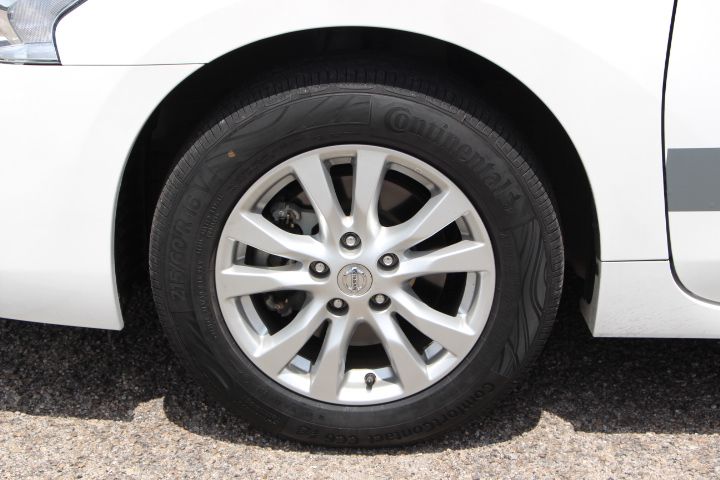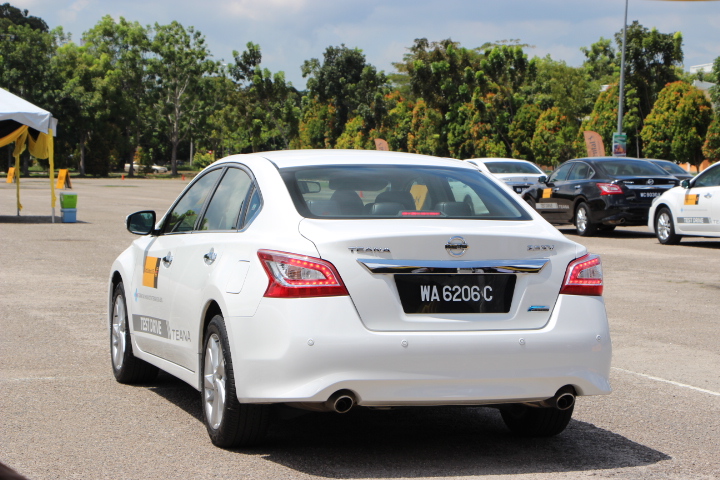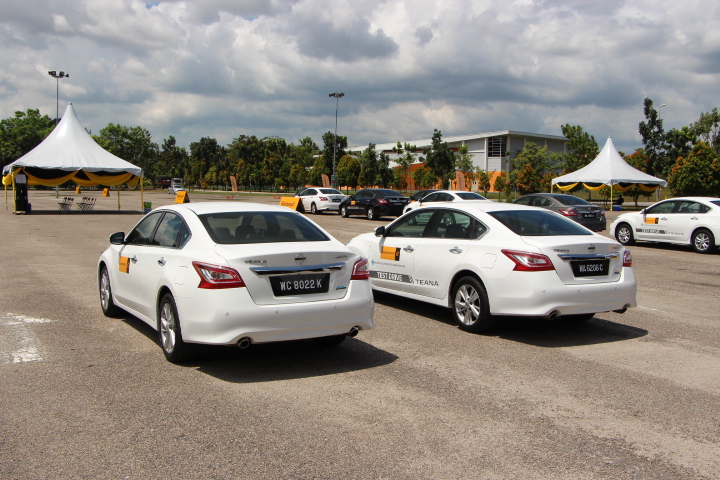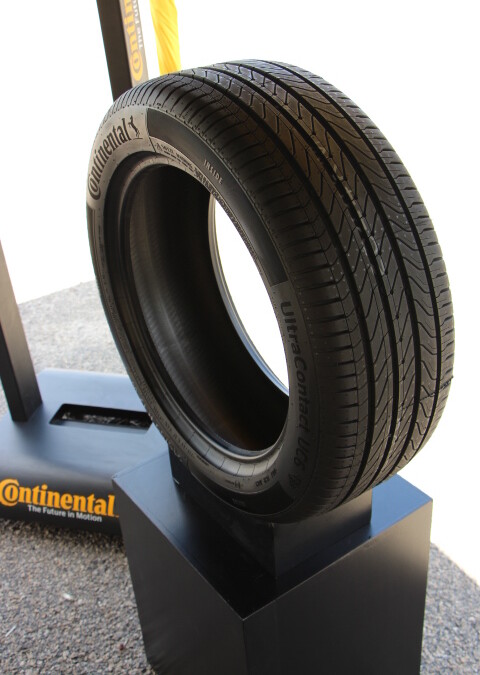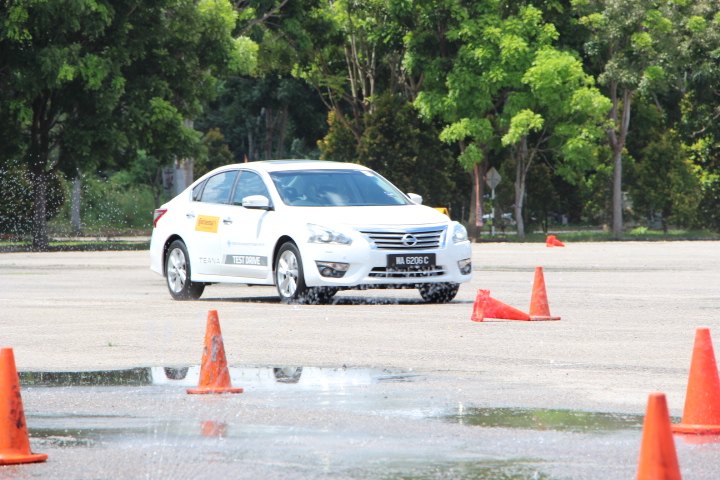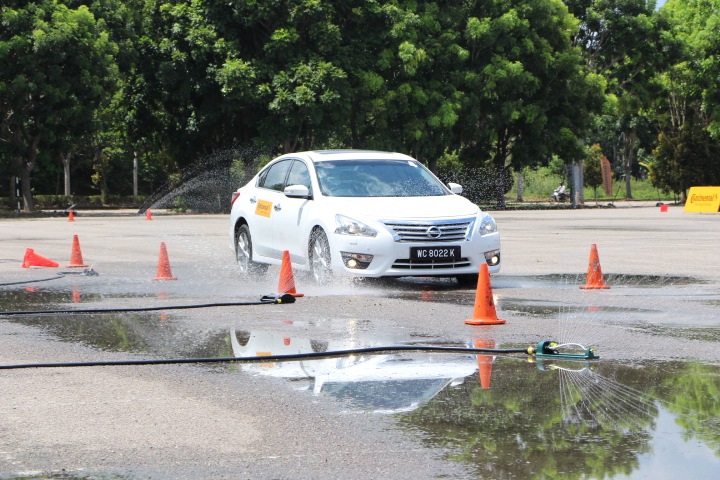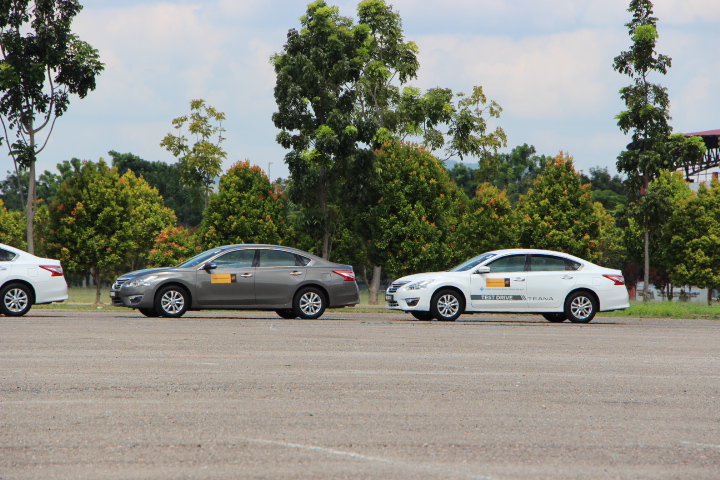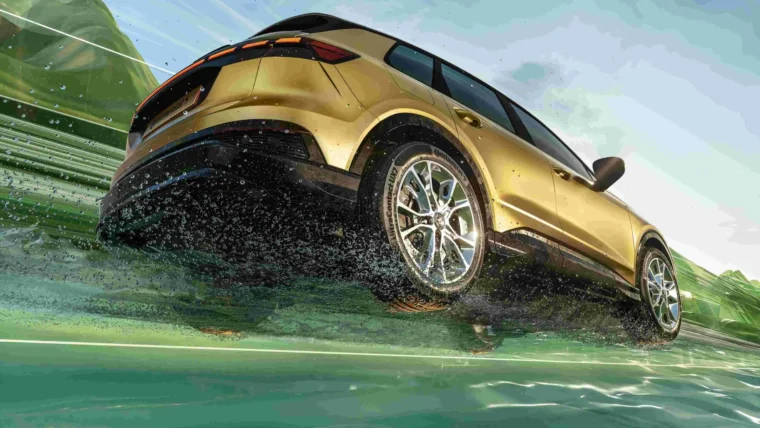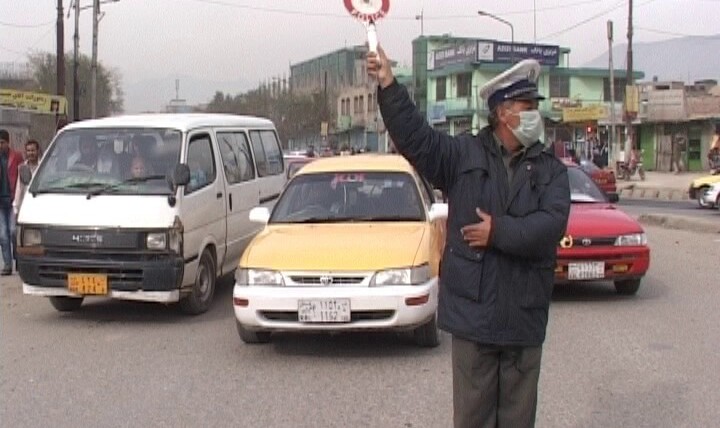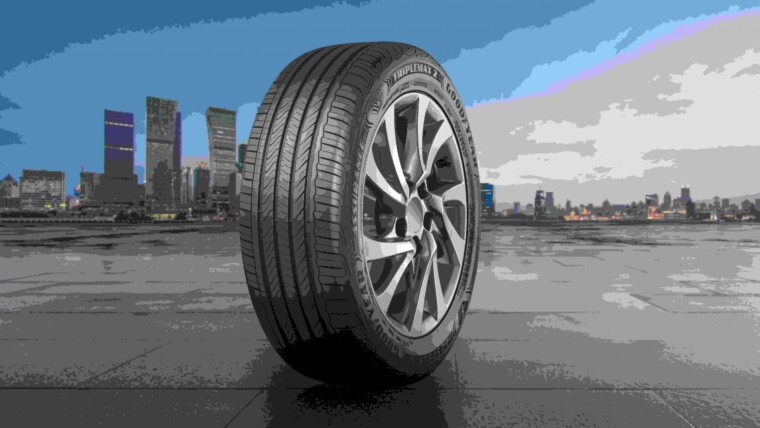
Tyre tests aren’t easy. Given the five senses we have, is it really possible to tell the difference between a good tyre and a bad one? Well, the short answer is yes. Petrolheads will always have their favourite brand and model, and will spend countless hours – not to mention serious bucks – extolling the virtues of their choice. However, in the great scheme of things, not everyone wants tyres that only offer performance characteristics that are grippy enough to drive through the SMART tunnel, on its ceiling.

Nay, believe it or not, based on a survey conducted by Continental, “mileage, comfort and silence” are actually the most sought after characteristics, and seeing as how they’ve had 145-years of tyre building expertise, Conti set about giving them exactly that with the all-new Continental Comfort Contact 6, or CC6 for short. We asked how they did it, and the answer was HOW as well… I’ll elaborate.

In order to achieve the desired results like low-noise, a comfortable ride, high-mileage performance and better fuel-efficiency (low rolling-resistance) for the CC6, Conti adopted three new technologies via the H.O.W. trio. H.O.W. stands for three elements…
Harmonic Comfort Chamber – Think of how double-glazed glass windows cut-out external noise from permeating a room, and you’re on the right track (pun intended). HCCs are specially designed noise-cancelling chambers on the inner pattern of the CC6 tyre (it was found that the inner blocks of a tyre, the ones closest to the axle, create more noise than the outer ones), that ‘channel’ the noise created by the tyre impacting the asphalt into special tiny ‘rooms’ below the tread pattern, effectively cancelling out / dissipating the intruding noise. You know the loud humming sound army trucks make as you pass them on the highway? That’s what’s being cancelled out.

‘O’ (zero) db-Eater – Working in tandem with the abovementioned HCC, the OdbE is another new technology developed by Conti to further dampen road noise. They look like little flower-buds placed within the groove of the tyre tread (at the same level or just below the ‘wear-indicators’) and their job is to diffuse sound-waves. No, really. These little buggers, positioned at intervals throughout the circumference of the CC6, are there to dissipate sound-waves created as the wind rushes below the tyre. How clever is that?

Whisper Compound – Ever notice that some tyres may have the most aggressive tread pattern but somehow feel sorely inadequate grip-wise? Well, that’s because it’s all in the compound that makes-up the tyre. The most aggressive tread pattern doesn’t stand a chance in terms of grip, if the rubber compound that makes-up the tyre is less than adequate. The CC6’s WC is a specially developed ‘rolling-tread’ compound that adapts better to varying asphalt surfaces. WC absorbs more tyre vibrations caused by surface irregularities, while at the same time provide low rolling-resistance, for better fuel-efficiency. Did you know that up to 20% of your full tank of petrol is used up just to push the tyres along the road? Now you do.

Want more Performance?
However, in addition to the highlights of the CC6 mentioned above, if higher-performance oriented characteristics in a tyre are a must for you, well then, Conti has also launched the Ultra Contact 6, or UC6 for short, which takes things to the next level. So what exactly did Conti add to the UC6? The answer was A.D.D. as well…aren’t they clever? So what’s A.D.D.?

Aqua Channels – Have you ever dropped a piece of A4 paper on the floor and have it ‘float’ away on the ground as if propelled by its own force? This happens when a film of air gets trapped under it, causing it to literally ‘hovercraft’ its way across the floor. The same principle applies to ‘aquaplaning’ or hydro-planning on a wet road. A film of water gets trapped beneath the tyres, causing them to ‘float’ or hover above the actual surface of the road. It’s bad news for anyone unfamiliar with counteracting this occurrence. The UC6 uses Aqua Channel sipes to more effectively drain water from the centre of the tyre – the area most prone to aquaplaning – to the sides of the tyre, where the water is then seen-off by special Aqua Drainage elements at the edges of the tyre. Basically, AC pushes the water to the side, and AD spits it away.

Diamond Edge – This new tech is pretty cool. Tyres are constantly ‘deforming’ and ‘reforming’ as they traverse varying road conditions, as they make turns, etc., but the time they deform the most is under heavy braking. The new ‘chamfered-angle’ of CC6’s Diamond Edge tread pattern inhibits the deformation of the tread blocks during heavy braking, thus ensuring that optimum grip is available at all times, regardless of the load. Think of it this way, under heavy braking, if the tyre deforms too much, the tread ‘blocks’ may actually come together under pressure, and what may result is a contact patch that’s almost a tread-less slick-tyre. This would be lethal in the wet. The CC6 DE technology prohibits the treads from deforming under braking, and the result – proven by the dry-braking and wet-braking test we conducted – is an almost identical dry/wet braking distance.

Diamond Blend Compound – Remember that thing about ‘compound’ I mentioned earlier? Well, the UC6 features a DBC that consists of two polymer types. Intertwined within the compound of the UC6 are Short-Grip Polymers that are activated when the driving through corners or while braking, this energy is transformed into heat to enable high grip and short braking distances, while Long-Mileage Polymers are infused within the SGP to ensure high-mileage performance.

And just like the CC6, the UC6 has its own sound-inhibitors called Noise Breakers, which are positioned throughout the circumference of the tyre to dissipate noise being channelled through the tread blocks when the tyre contacts the road.
Proof in the Pudding is in the Driving…
Not only did Continental Malaysia have display booths at the press conference showcasing all the technologies mentioned above, we were also privy to a full-on test drive of various passenger cars shod with the new CC6 and UC6 tyres.

Perhaps the most impressive aspect of the drive, apart from being extremely quiet on the highway, was the specially set-up demonstration area. Using identical cars shod with the previous generation CC5 tyres and the new CC6, as well as an in-car decibel-meter, the CC6 routinely returned an interior noise level of 2db less than the old CC5, over several runs. Just to be sure, the decibel-meters were then swapped between cars just in case, and the results were the same. The CC6 is a very quiet tyre.

But it was the Dry / Wet braking area that impressed the most. As everyone knows, braking in the wet is vastly different from braking in the dry, up to several meters different in some cases. Not so with the new UC6. It’s hard to believe but at 60kmh and slamming the brakes, the wet braking distance was less than a metre more than the dry braking distance. That Diamond Edge tech, it’s pretty badass.

Conclusion…
I’ve always maintained that of all the components in a car, when it comes to actual driving, nothing is as important as your tyres. Nothing. It’s the ONLY contact you have between your car and the ground (lest you fall out) so it still amazes me how some drivers completely neglect their tyres. Proper inflation – check them at least once every 2 weeks – and visual inspections are paramount for stress-free driving. The new Continental CC6 and UC6 are available now in a huge selection of sizes ranging from 50 to 70 series and 45 to 65 series respectively, for 13- (CC6) to 18-inch (UC6) rims. In short, there’s definitely a size for your car. Prices will of course vary according to size, but as Conti put it, “We want these tyres out there; it’s not just for the well-to-do, it’s for everyone, so the prices will be affordable”. And that’s exactly what they’ve done in my book. – Chris Wee.
Photo Gallery…
Other posts by Chris Wee




